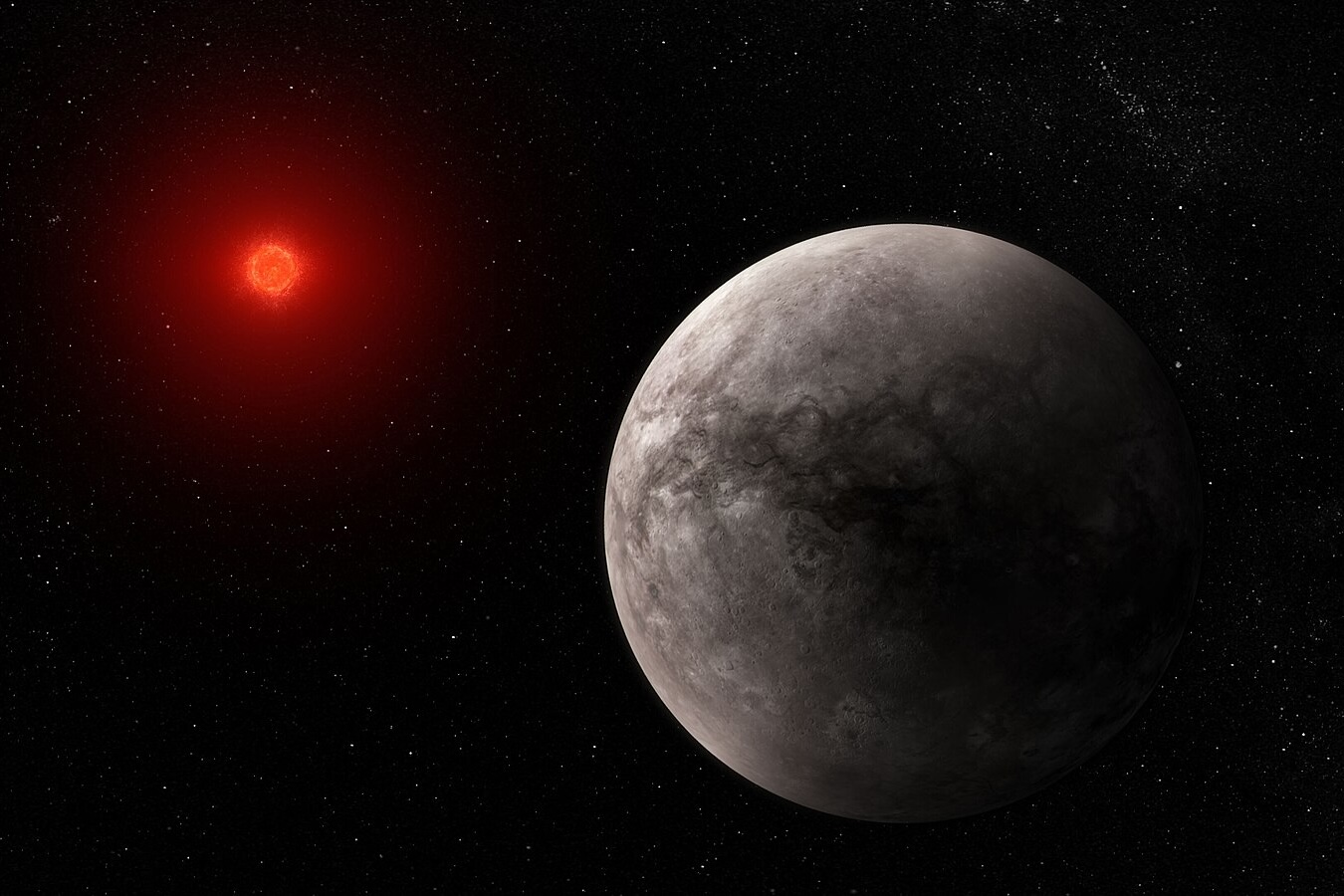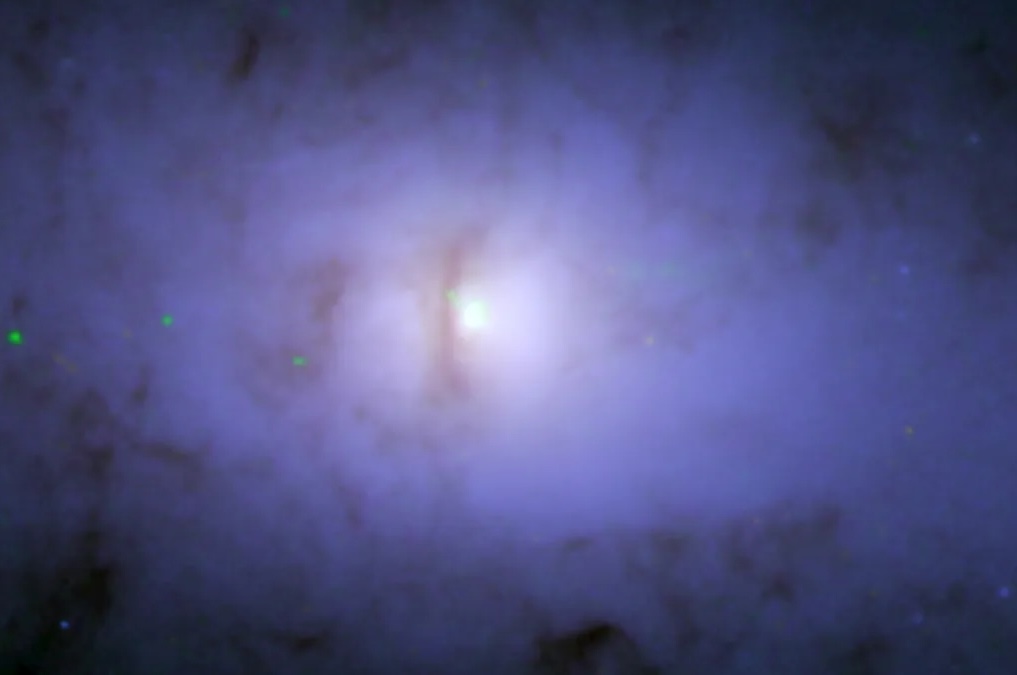BAERI alumn Taylor Bell has contributed to a new study that rethinks the nature of…
Kepler Team, Including BAER’s Thomas S. Barclay, Discover Earth-Size Planet In The Habitable Zone of Another Star
Working with NASA’s Kepler spacecraft, a team of scientists, including BAER’s Thomas S. Barclay, have discovered a planet 500 light-years away that is 10% wider than Earth and could have a climate suitable for liquid water – and therefore life.
The planet, named Kepler 186f, orbits Kepler 186, a red dwarf star that is smaller, cooler, and less bright than our own sun. The planet, however, has an orbit closer to its star than Earth’s orbit relative to the sun, putting Kepler 186f in a zone where water could remain in a liquid state. The planet’s orbit is on the outer edge of the habitable zone, which may suggest the presence of freezing temperatures, but a reasonably thick atmosphere, a possibility because of the planet’s apparent size, could moderate the planet’s climate. Because of these differences from Earth, Dr. Barclay thinks of Kepler 186f as an “Earth cousin,” not an Earth twin.
The Kepler team has been able to discover 962 planets over the past five years. The team discovered these planets by using the Kepler spacecraft’s telescope to look for drops in stellar brightness caused when a planet passes between its star and an observer. After recording observations at over 150,000 stars, the spacecraft’s pointing mechanism malfunctioned. Although the observation portion of the original mission is over, team members continue to analyze the massive amount of data acquired during the mission. Additionally, the Kepler spacecraft has begun taking data again in preparation for the K2 mission. Under this guise the spacecraft will observe stars in the ecliptic plane searching for planets in different parts of the galaxy.



